25 Interesting Vietnam Education Facts [100% true]
Did you know that many schools in Vietnam are not equipped with restrooms? Or that pupils wear uniforms in Vietnam?
Discover everything through these 25 interesting Vietnam education facts! 🇻🇳 🎓
The Best Facts About School in Vietnam
Vietnam is a socialist republic in Southeast Asia. It is bordered by China, Laos, and Cambodia. Its capital city is Hanoi, which has more than 8,000,000 inhabitants (but almost 20,000,000 if you include the metropolitan area!).
An interesting part of the country that I wanted to tackle is its education. In light of that, I have listed my 25 best facts about the Vietnam school, and I hope you will love them:
1. Vietnam is quickly developing itself, but many areas are left out to dry
Generally speaking, countries around the world are developing more and more these days, and can often provide their youth with a great education as well as equal opportunities.
While the country of Vietnam sure is one of the developing countries that has made great progress, there is still a lot to do. Rural areas still suffer from poverty and hunger.
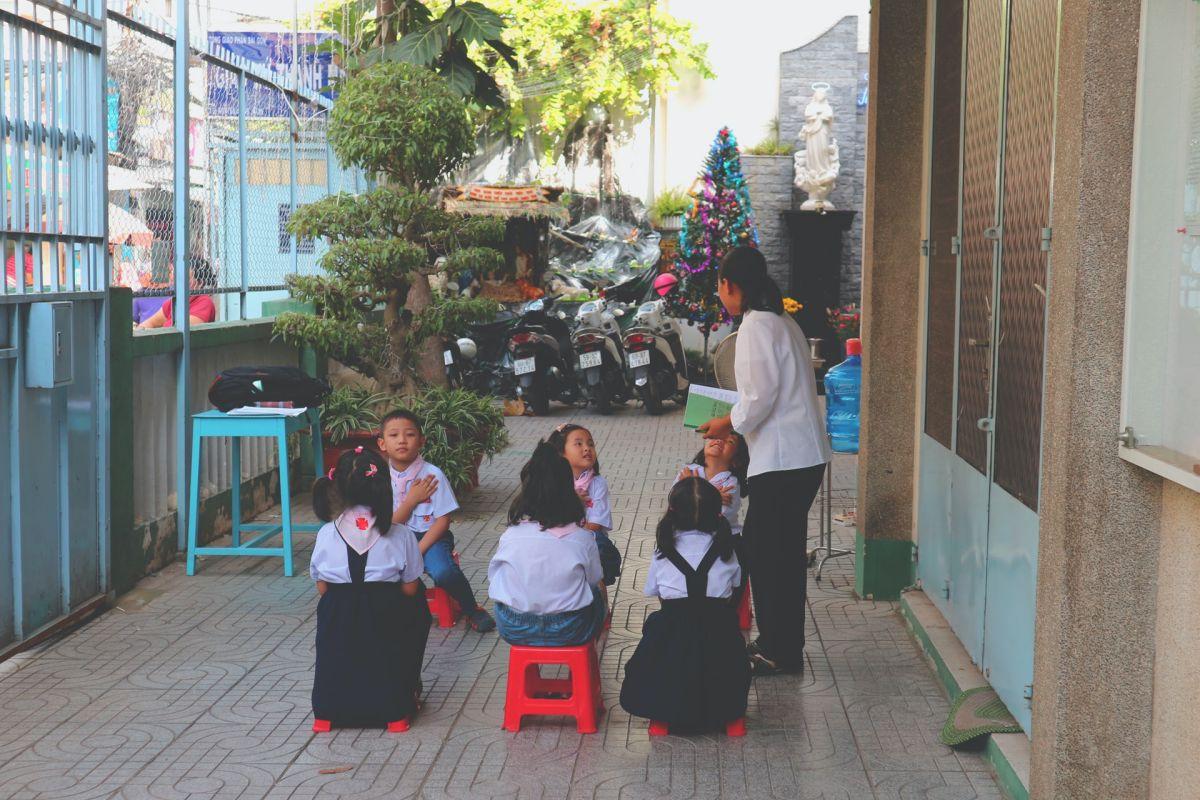
2. Mountainous regions have a lot of problems with providing education to everyone
In Vietnam, the most sensitive regions are the mountainous ones. They struggle a lot to provide children with quality education.
Many schools there do not have enough money to pay for facilities and equipment: there are often old desks and no air conditioners or fans.
3. Several Vietnamese schools do not have toilets for their students
One of the necessary facilities for most schools is toilets.
However, some Vietnamese schools still do not have proper toilets, because they simply do not have enough money to build them. The government cannot support every school in the country, and pupils must not go to the toilet for a whole day, or do it in fields around the school.
4. There are a few projects in Vietnam that aim toward building toilets for everyone
Many people are aware of the lack of toilets in Vietnamese schools. To solve that, numerous projects were launched.
Project Sprouts, for instance, is one of the most famous ones. It raised funds to construct toilets and also built some in many rural schools.
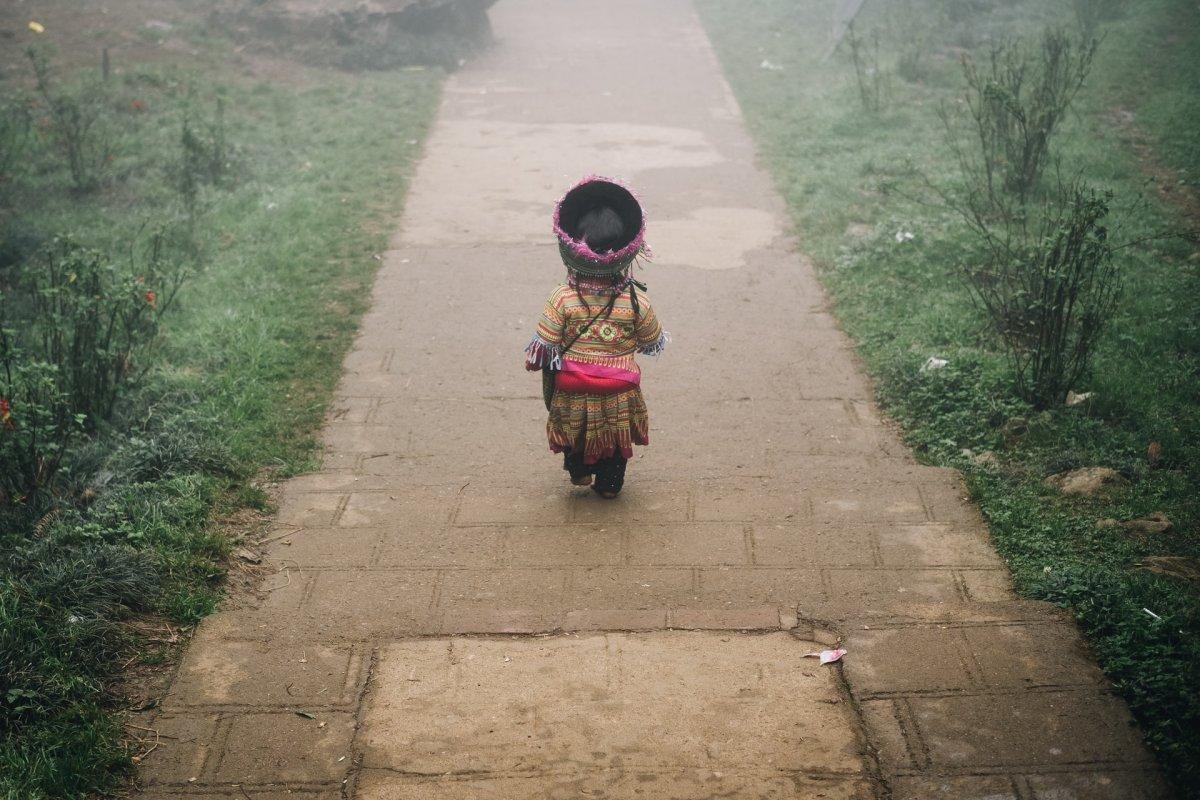
5. Basic necessities are still in need in Vietnamese schools
While you may not imagine living without proper food, water or clothes, this is the daily life of many underprivileged Vietnamese people.
Poor schools cannot provide students with a proper meal: pupils need to eat corn and potatoes, and teachers eat rice.
6. Vietnamese students must wear uniforms when they go to school
In almost every Vietnamese school, students must wear uniforms. This way, schools ensure students are all equal and comfortable while learning.
This is especially important in a country where poverty and inequalities are both sadly important: students would get teased for the way they dress or feel bad if their parents were too poor compared to others.
7. Vietnamese school uniforms are very colorful
One of the good things about having to wear a uniform in Vietnamese schools is that they look pretty cool!
Contrary to many countries, Vietnam chose to have colorful and varied uniforms. Colors vary greatly depending on the school, but the shape itself can change: from “ao dai”, the traditional costume of Vietnam, to simple pants, skirts, or shirts.
8. Many Vietnamese schools cannot buy their students uniforms
Despite how colorful and varied Vietnamese school uniforms usually are, many rural schools still cannot afford them for their students.
And even if the only thing students ask for is warm clothes during winter, they rarely get what they need.
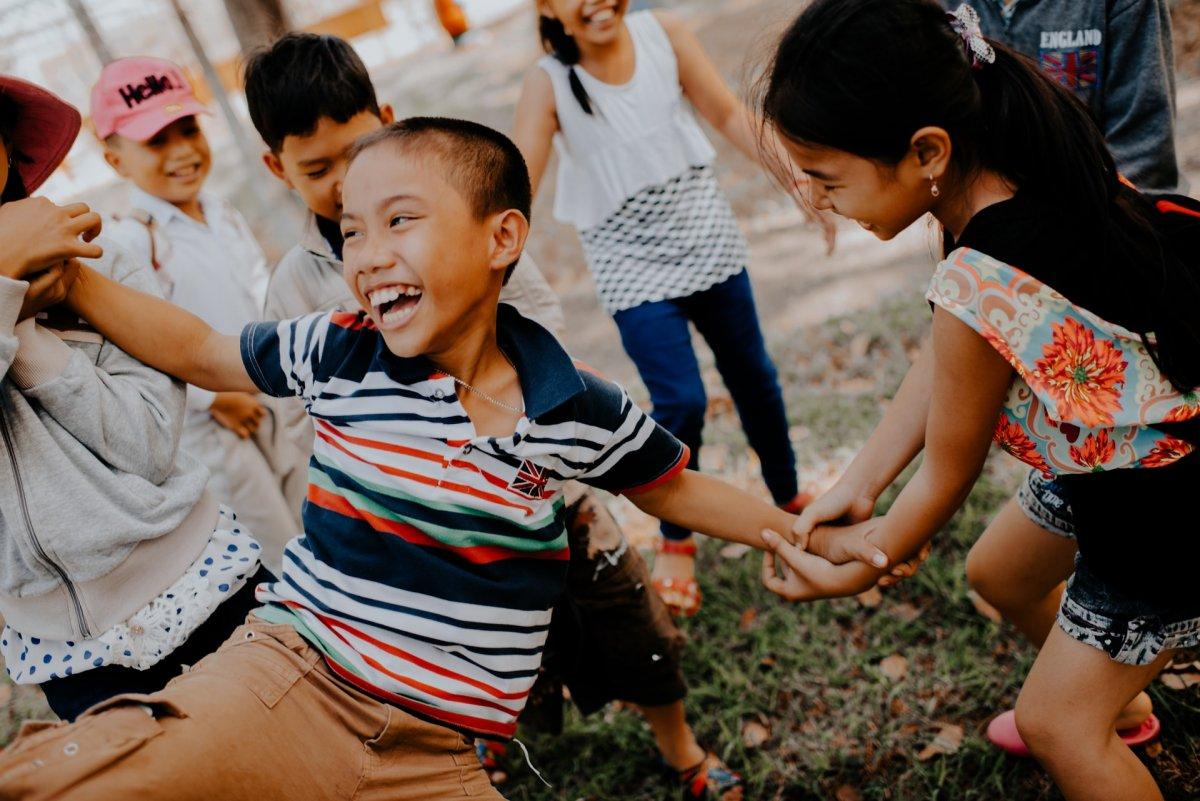
9. Several Vietnamese schools are in poor shape
In too many cases, Vietnamese students will need to sit on the floor because their schools are in very bad conditions.
There is often a lack of tables, chairs, and boards. Also, lacking air conditioners and fans in Vietnam can be extremely tough, as temperatures often reach 40 °C / 110 °F.
10. Only volunteer teachers go to mountainous areas and help poor schools and children
There are some teachers who studied in cities, before volunteering and going to poor areas to help children get a proper education.
This is a very nice gesture, since they could have easily stayed in Hanoi for instance, and worked in prestigious and reputed international schools.
11. Many Vietnamese teachers sleep inside the school to avoid traveling
Even though these volunteer teachers help desert areas, they will often live far from them, since these schools are hardly accessible and there is barely any decent housing.
And because traveling would take them too much time, most of the time they choose to sleep inside the school!
12. Vietnamese students also need to wake up extremely early… or sleep at school
The teachers’ situation is shared with their students. Poor schools are hard to reach, and some students need to wake up at 3 or 4 AM if they want to be on time for their lessons.
Because of this, similarly to teachers, some students sleep at school.
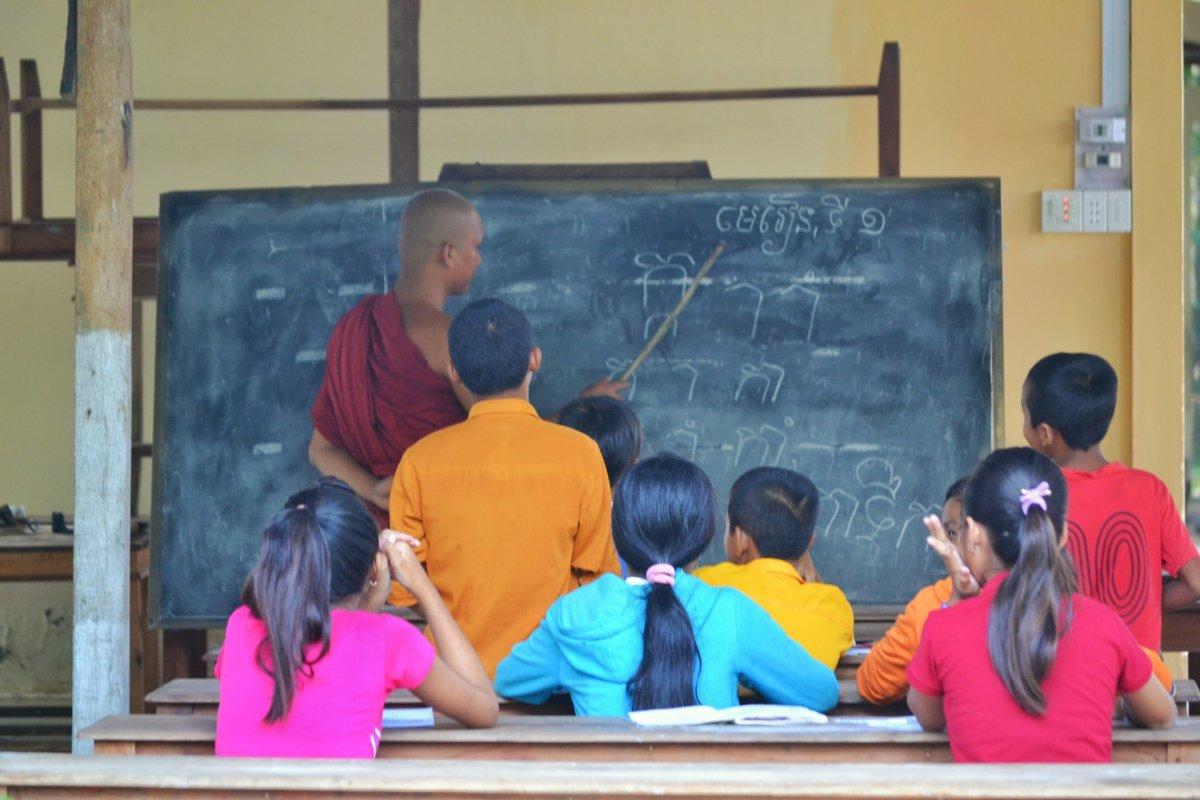
13. School is mostly free in Vietnam
During their first nine grades of education, students in Vietnam are helped by their government (in public schools at least).
After that though, families must pay for their children’s tuition fees. Fortunately for them, public schools are usually very cheap, so they can still afford them.
14. Most schools are free in Vietnam, but there are extra costs that not all can afford
While it is true that public schools are free in Vietnam, and that tuition fees are really not expensive, there is another major problem for poor families: extra costs.
The financial challenges these parents have to face are paying for their children’s meals, extra classes, transportation, and school trips.
15. The best students have access to scholarships in Vietnam
One of the solutions students have to solve their family’s dire financial situation is… excelling at school.
Many organizations and schools grant scholarships to the best students, to have a chance for better education. With that, even poor students can theoretically succeed.
16. Urban schools are completely fine in Vietnam
As you know, there are many disparities between urban and rural areas in Vietnam when it comes to education.
In fact, urban schools are completely fine compared to their mountainous counterparts: students have more chances to study, and schools are funded by companies, organizations, and the government.
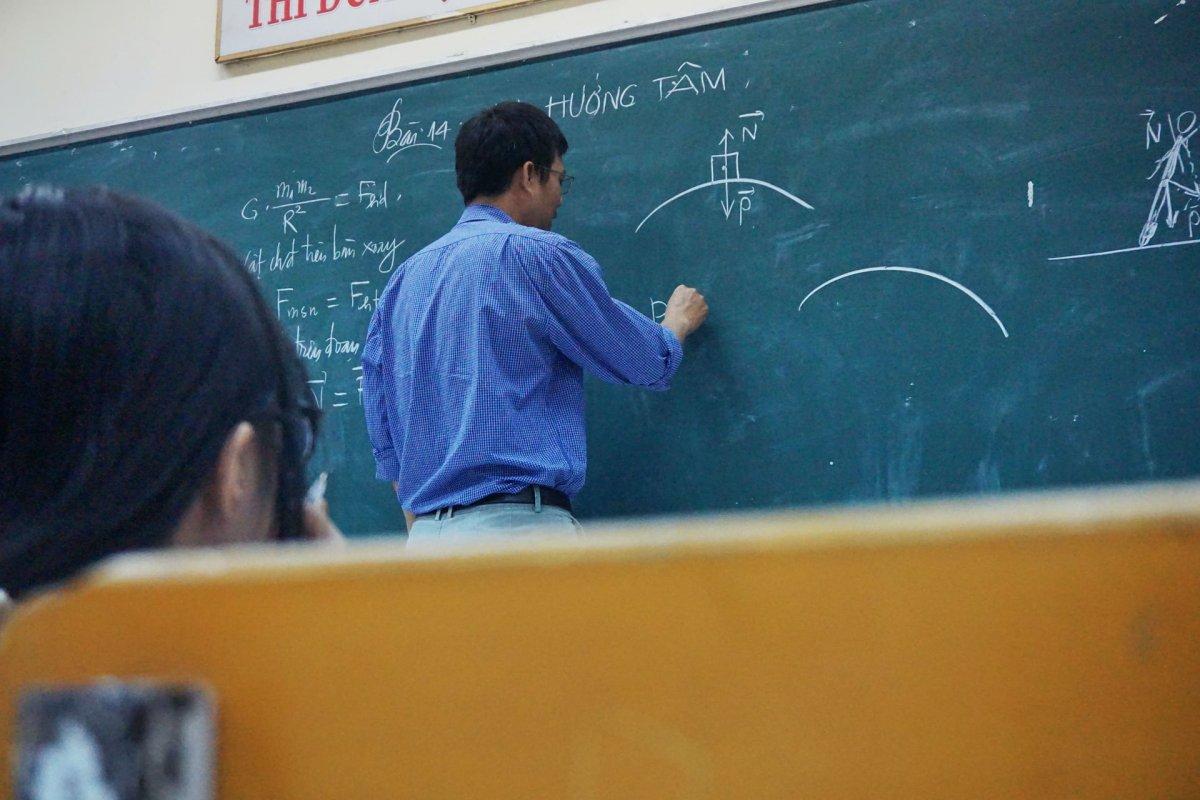
17. Students living in the cities can choose their future in Vietnam
Another great difference between rural and urban schools is that students living in the cities have so many opportunities that they can basically choose their future.
One thing poor pupils will most likely never be able to do is escape this condition and study abroad.
18. Rich Vietnamese students are provided with a better education
As sad as this sounds, this is the reality in Vietnam: wealthy families can afford better education for their children.
They can also afford extra classes and educational centers. Teachers there are usually trained in foreign countries, and the learning conditions are simply luxurious.
19. Vietnamese students attend school at least 5 days a week
Studying in Vietnam is very intense. Students must attend school five days a week, from Monday to Friday.
Every school chooses whether it is for the whole day, or only the morning or the afternoon, but most of the time pupils go to school from 7 AM to 4 PM or 5 PM, from Monday to Friday.
20. Exams periods are tough for Vietnamese pupils
Not only do Vietnamese pupils need to attend school for at least 5 days a week, but this becomes even more intense during exam time.
Particularly at the end of 9th and 12th grade, when students pass entrance exams to high school and universities, they often need to take extra classes, sometimes even on the weekend.
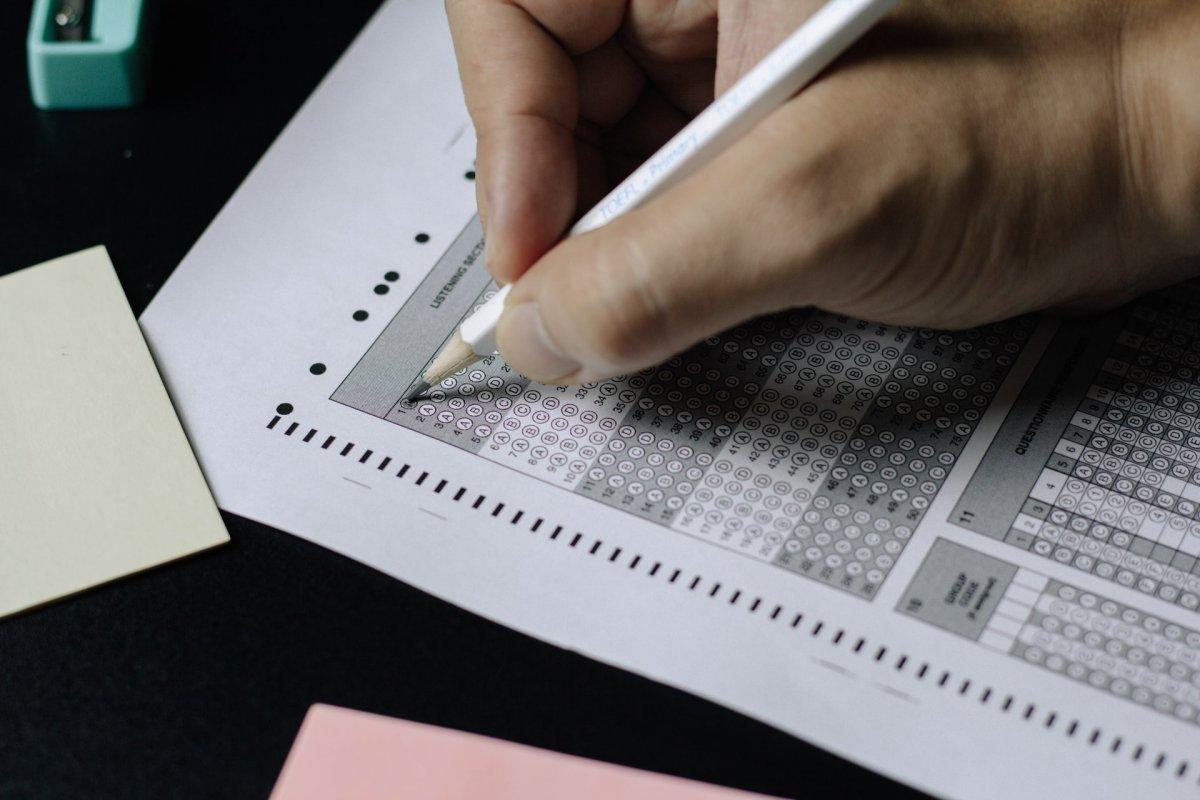
21. In Vietnam, students need to memorize a ton of information
The Vietnamese education system does not believe in practicing. Instead, its students are required to learn by heart many theories in many different fields.
Subjects like history, geography, and civic education are the hardest ones: there is simply too much information to remember.
22. Many Vietnamese students are caught cheating during exams
Vietnamese students feel a lot of pressure when it comes to studying. Important exams do not help solve this problem.
And because there is so much information they need to remember, they are quite often caught cheating during important exams.
23. There is a ton of exams, during every term, in Vietnam
You might think finals are stressful, but Vietnamese pupils constantly take tests.
On average, they have to take around 60 exams per term! Every subject they are studying requires them to pass at least 5 tests per term, sometimes even more.
24. The teaching methods in Vietnam are starting to shift
While the Vietnam education system as a whole is very focused on learning by heart, teaching methods are slowly but steadily starting to shift.
For instance, students will now be assessed on assignments or presentations in class, and not only on exams.
25. Vietnamese students outperformed two-thirds of other countries during an international test
PISA exams are held once in a while, in order to compare, on a global scale, many countries’ education systems and teaching methods.
When Vietnam participated in these tests, it ranked 17th out of 65 countries, performing as well as countries like Germany or Austria.

So there you have them, these were all my 25 education in Vietnam facts. I hope you enjoyed them and that you learned something new today.
In case you want to learn more about the rest of the country, feel free to keep reading, as I still have lots of things to tell you about:
Vietnamese School Hours
Let’s keep going with our next part, dedicated to Vietnamese school hours. The typical school schedule in one country can often be very different from your own, and it’s always interesting to have more details on how students go on about their day.
Vietnam Primary School Schedule
The typical Vietnamese school year is divided into two semesters: the first lasts from mid-January to mid-May, while the second starts in mid-August and ends in December.
When it comes to the school day, it usually runs from 7 AM to 11 AM, and then from 1 PM to 4 PM or 5 PM. The school week runs from Monday to Friday, and some schools also have Saturday morning classes.
Also, Vietnamese students can enjoy two 30-minute breaks, one in the morning and one in the afternoon.
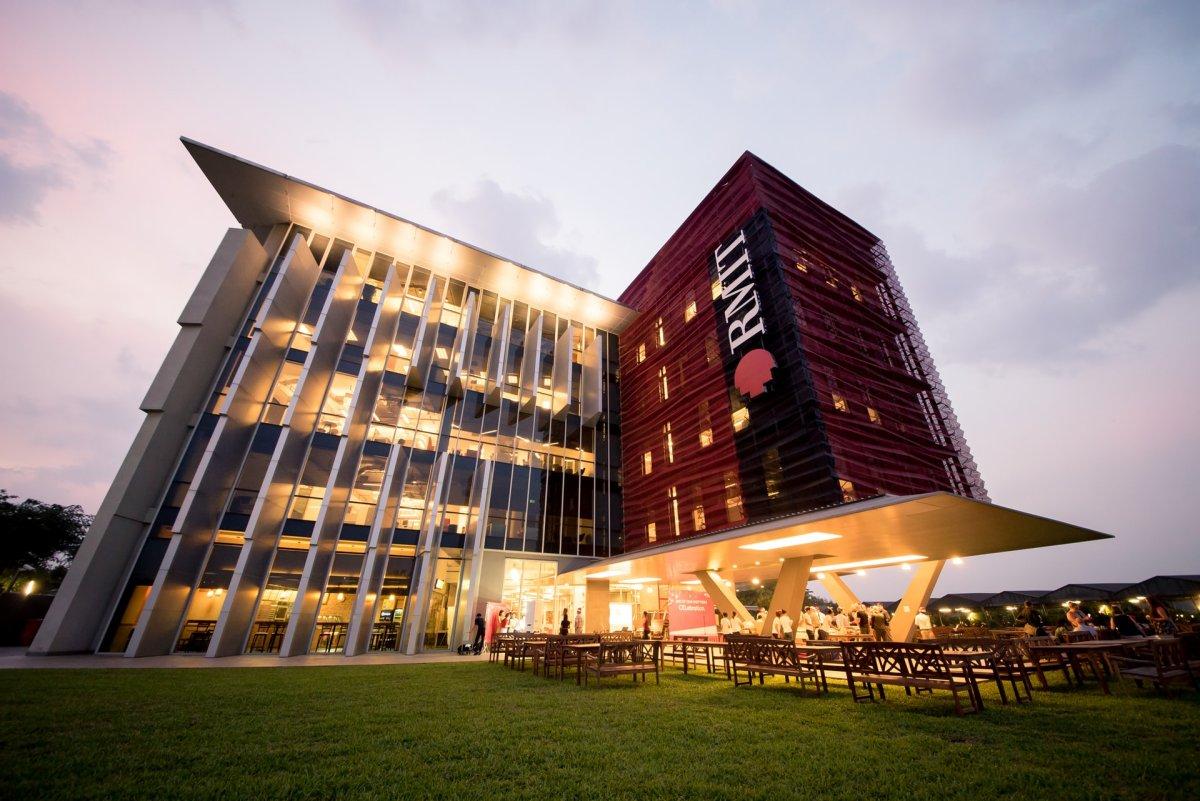
RMIT University in Ho Chi Minh, Vietnam
Vietnamese High School Schedule
Secondary education consists of 3 years. Some subjects are removed, like art and music. Instead, students are encouraged to focus on their future and to do career orientation.
To access higher education in Vietnam after high school, there is a university entrance exam, and it applies to both public and private universities.
General Facts About Schooling in Vietnam
This last part is dedicated to general facts about schooling in Vietnam. More specifically, we’ll check 2 key figures that will give you a better understanding of the education level in Vietnam.
Enrollment in tertiary education for Vietnam: 25.01%
(Average for regions: Sub-Saharan Africa: 8.6% | South Asia: 20.8% | Arab States: 36.4% | East Asia: 36.5% | Latin America: 43.3% | Europe and Central Asia: 62% | North America: 84%)
Data from World Bank EdStats/UNESCO
Vietnam literacy rate: 95%
(Average for regions: Sub-Saharan Africa: 65.3% | South Asia: 72.9% | Arab States: 79.4% | Latin America: 93.7% | East Asia: 95.8% | Europe and Central Asia: 98.5%)
Data from World Bank EdStats/UNESCO
More Education Facts!
Do you want even more education facts about other countries?
Check out these facts:
Or click here to see ALL the education facts up on the blog!
The Full List of 25 Vietnamese School Facts
- Vietnam is quickly developing itself, but many areas are left out to dry
- Mountainous regions have a lot of problems with providing education to everyone
- Several Vietnamese schools do not have toilets for their students
- There are a few projects in Vietnam that aim toward building toilets for everyone
- Basic necessities are still in need in Vietnamese schools
- Vietnamese students must wear uniforms when they go to school
- Vietnamese school uniforms are very colorful
- Many Vietnamese schools cannot buy their students uniforms
- Several Vietnamese schools are in poor shape
- Only volunteer teachers go to mountainous areas and help poor schools and children
- Many Vietnamese teachers sleep inside the school to avoid traveling
- Vietnamese students also need to wake up extremely early… or sleep at school
- School is mostly free in Vietnam
- Most schools are free in Vietnam, but there are extra costs that not all can afford
- The best students have access to scholarships in Vietnam
- Urban schools are completely fine in Vietnam
- Students living in the cities can choose their future in Vietnam
- Rich Vietnamese students are provided with a better education
- Vietnamese students attend school at least 5 days a week
- Exams periods are tough for Vietnamese pupils
- In Vietnam, students need to memorize a ton of information
- Many Vietnamese students are caught cheating during exams
- There is a ton of exams, during every term, in Vietnam
- The teaching methods in Vietnam are starting to shift
- Vietnamese students outperformed two-thirds of other countries during an international test
Share the knowledge! Click on the buttons below to share these Vietnamese school facts with your friends, and help them learn more about the world 🙂

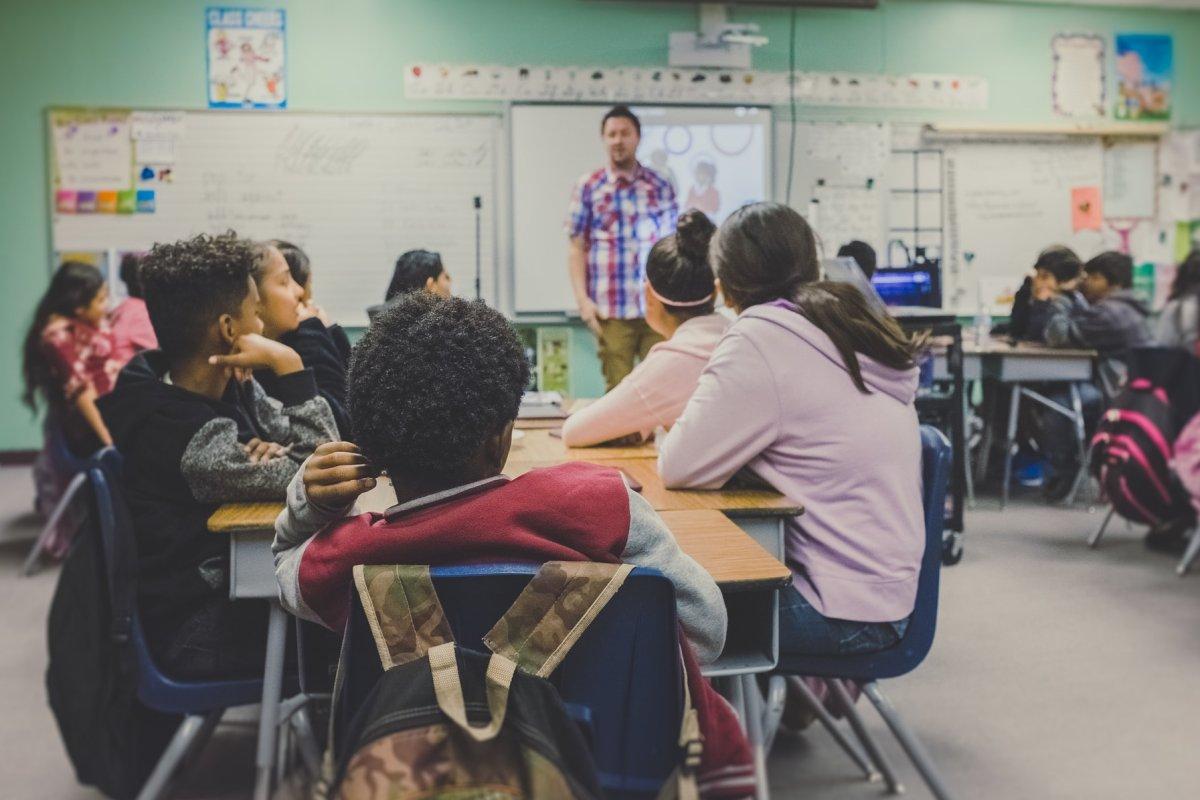
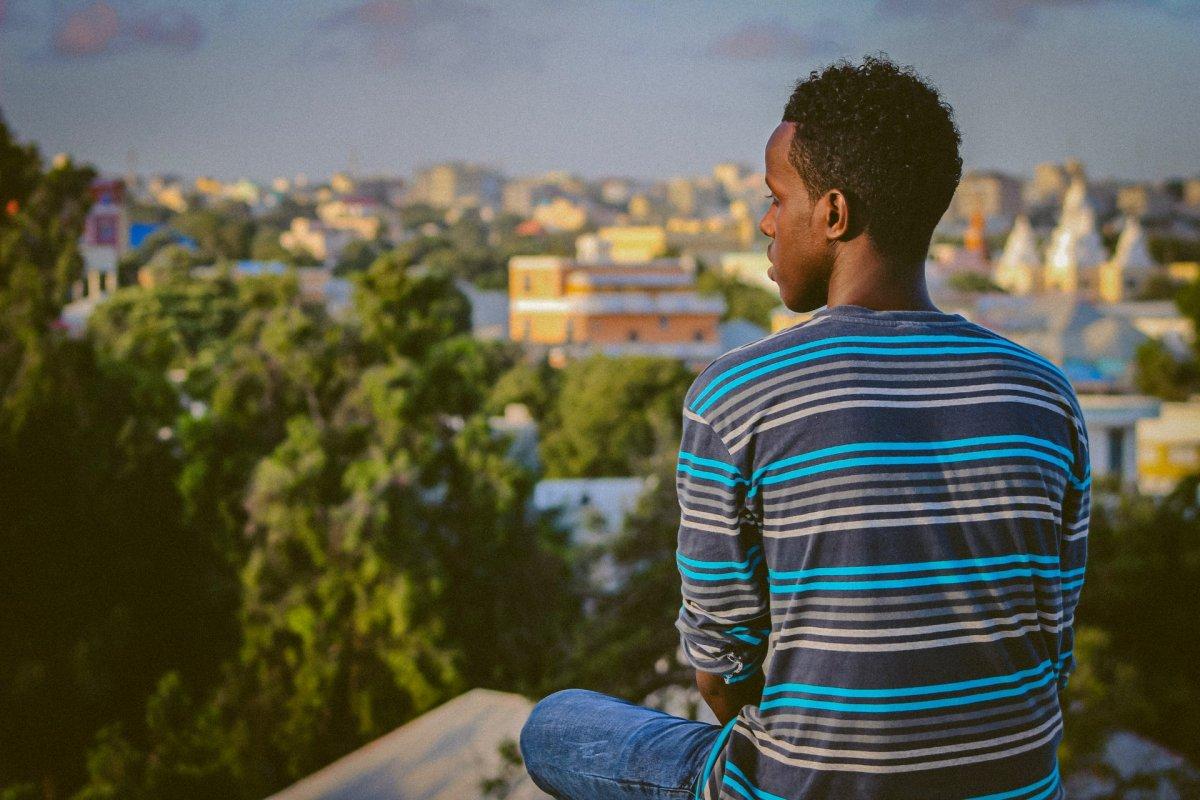
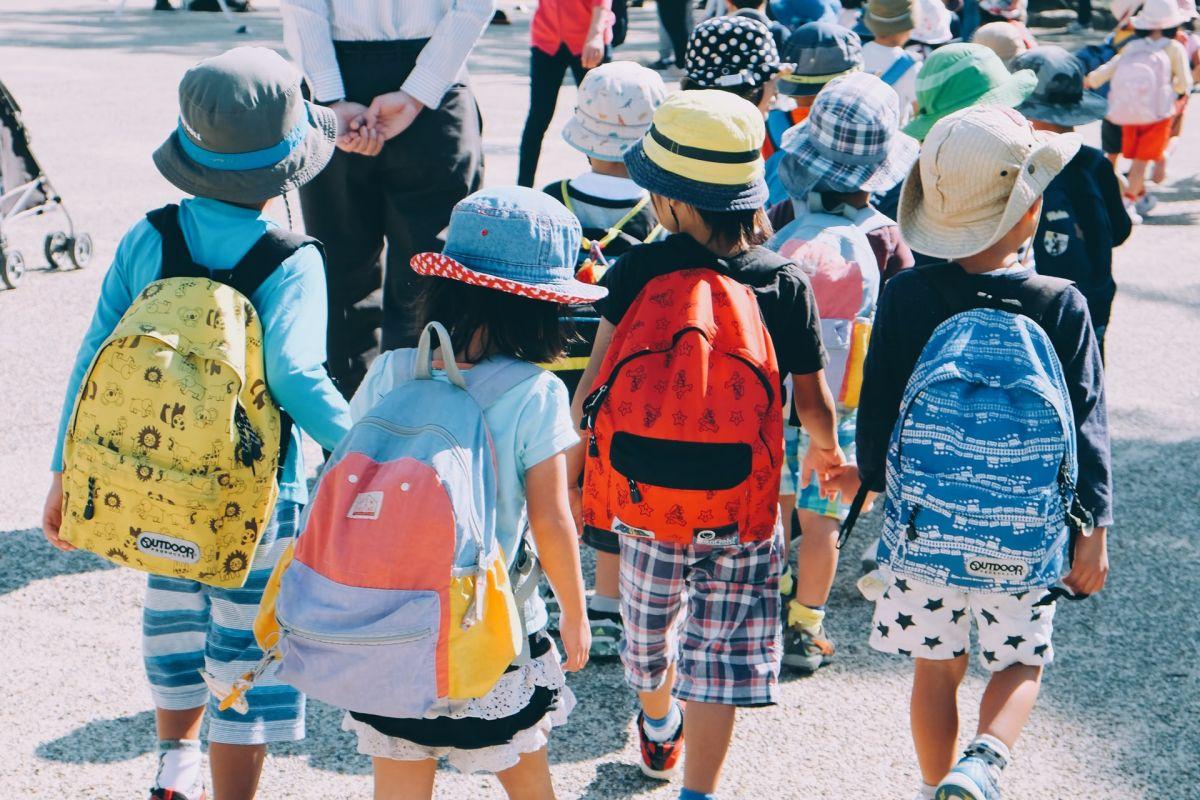
Great information. Really liked it hope you will post more about Vietnam and countries too.